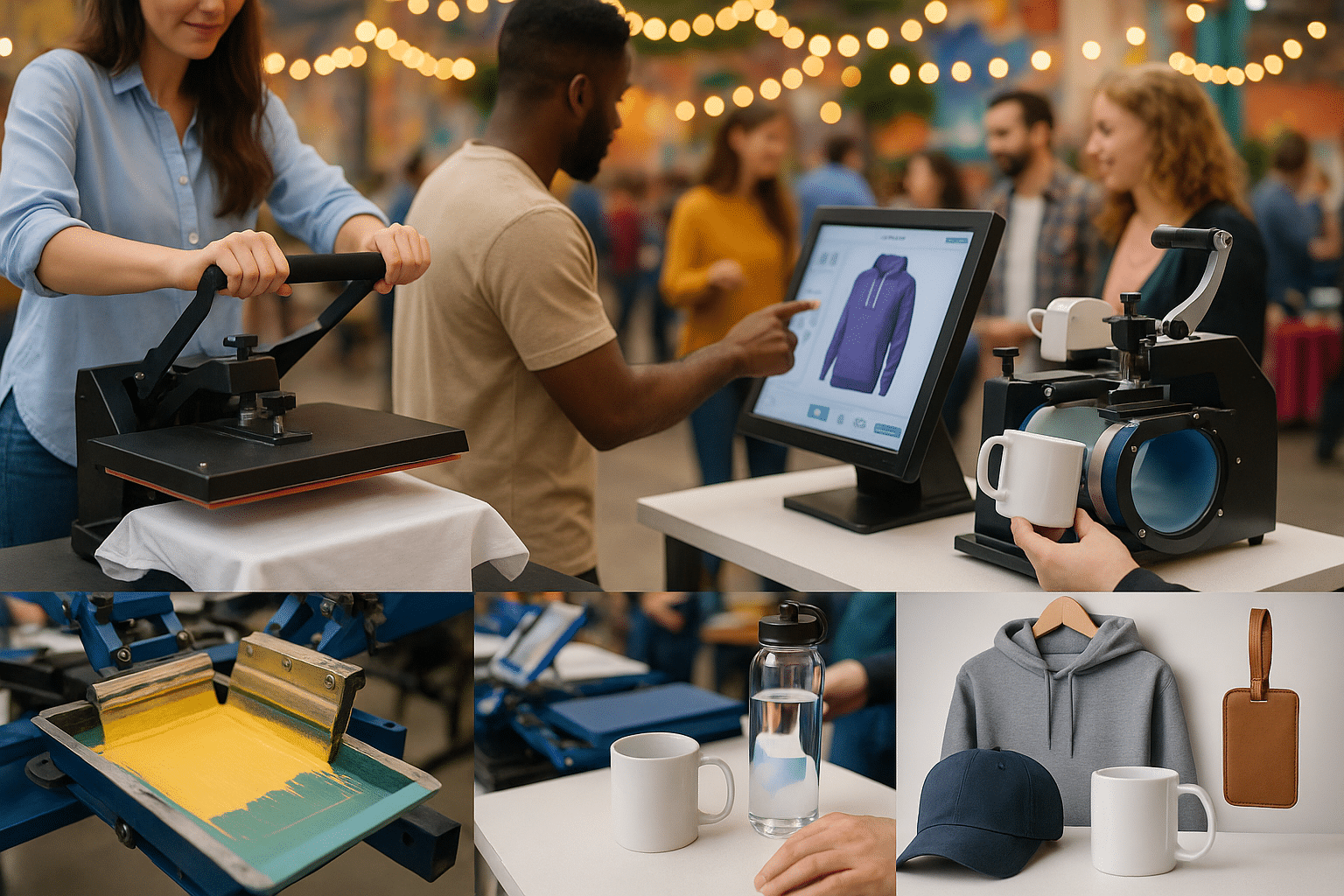The Ultimate Guide to Event Planning Success
The Ultimate Guide to Event Planning Success

Event planning is a complex art that requires creativity, organization, and attention to detail. In this comprehensive guide, we delve into essential tips, interactive trends, and DIY inspirations that will help you craft unforgettable experiences. From insightful marketing strategies to captivating behind-the-scenes stories, discover how to elevate your events, whether they feature a photo booth or highlight a bespoke branded merchandise.
Understanding Event Planning
Event planning is an intricate process that goes far beyond merely organizing details; it involves a meticulous application of project management principles and a keen understanding of audience engagement. The key to successful event planning lies in comprehensively understanding the event’s purpose and defining its target audience. This approach not only aligns the nature of the event with the expectations of its attendees but also paves the way for a seamless execution that resonates with all involved.
The first step in the event planning journey is always to clearly define the purpose of the event. Is it a corporate conference aimed at networking and knowledge-sharing? A celebratory gala honoring community achievements? Or perhaps an experiential promotion showcasing new products? Establishing a clear objective helps to guide the subsequent planning phases. It can be beneficial to draft a mission statement that encapsulates the event’s purpose. This can serve as a reference point and help maintain focus throughout the planning process.
Understanding the target audience is equally critical. Determining who you want to engage and what their preferences, interests, and needs are can greatly influence every decision made thereafter. Gathering demographic information, such as age, profession, and even social media habits, can help in tailoring the event to create memorable experiences. For instance, if your target audience consists largely of millennials, interactive installations, engaging sessions, and photo booths for vibrant, memorable snaps might resonate more than traditional lecture formats.
As we delve into the critical phases of event planning, one must consider the intricacies of conceptualization. Developing an overarching theme can infuse creativity and coherence into the entire event. Utilizing visual elements like color palettes, signage, and decor enhances the theme and can even extend to promotional materials and swag items. For instance, if your theme plays on sustainability, consider using eco-friendly promotional items such as reusable thermal bottles, bags, or distinctive laser-engraved products. This approach not only aligns with the theme but also leaves a lasting impression on attendees.
Budgeting is a fundamental component that cannot be overlooked. Depending on the size and scope of the event, costs can vary significantly. A well-structured budget should account for all potential expenses, including venue rental, catering, entertainment, technology, marketing, staffing, and even insurance. When considering budget, it is also essential to allocate a contingency fund for unexpected expenses. Understanding the costs associated with specific services such as hiring a photo booth can help ensure that financial planning is realistic. The average photo booth cost varies depending on the required features, so thorough research is paramount to ensure it aligns with your budget.
Scheduling is another critical aspect of event planning. Creating a timeline of tasks helps to streamline workflows and ensures that no detail is overlooked. This schedule should include deadlines for vendor contracts, invitations, production timelines, and any necessary meetings with team members. Assigning roles and responsibilities early on can create a collaborative spirit and accountability among the planning team. Collaborative scheduling tools can aid communication and keep everyone on the same page, allowing for quick adjustments as the event date approaches.
Logistics are crucial to the event’s success, encompassing everything from catering and seating arrangements to technology setups and guest management systems. Ensure that all logistics are meticulously coordinated to avoid any last-minute hurdles. This is where coordination with vendors becomes paramount. Establishing solid relationships with trusted suppliers can save time and headaches down the line. Ensure that contracts clearly outline responsibilities for all parties involved, and maintain open lines of communication to ensure everyone is on the same page.
Securing necessary permits and licenses is not only mandatory but can also be a time-consuming process. Research local regulations and guidelines related to your event’s specific nature—be it public gatherings, food services, or entertainment—and allow ample time to fulfill these requirements. Particularly for larger events, it may be prudent to consult with legal or logistical professionals to ensure compliance, thus avoiding potential complications.
Creating a compelling event concept that engages attendees while meeting their expectations calls for creativity and a deep understanding of the audience’s preferences. Utilize interactive trends that promote participation and excitement. With the popularity of photo booths soaring in recent years, incorporating one into your event provides an interactive, engaging experience. When attendees can capture and share fun moments, it creates lasting memories that extend beyond the event. Consider offering custom backdrops, props, or even themed frame designs for the photos to align with your event’s purpose and aesthetic.
Beyond mere enjoyment, the use of photo booths can enhance your event’s marketing strategy by creating shareable moments on social media, generating buzz, and promoting word-of-mouth publicity. If you’re considering this route, ask yourself: where can I hire a photo booth that meets my needs and budget? Many vendors offer packages that come with various options, from basic setups to more extravagant installations complete with on-site printing and online sharing capabilities.
Additionally, for a unique DIY aspect, engaging attendees in the creation of certain elements of the event can foster a sense of ownership and community. Participants could contribute design ideas for event swag or even participate in assembling promotional materials, like personalized luggage tags or custom mugs. This sense of involvement can increase their overall investment in the experience.
Through every step of planning, behind-the-scenes insights remain invaluable. Documenting decisions, challenges, and creative processes can provide learning opportunities for future events. After the event, take the time to gather feedback from attendees to gauge what resonated well and what could be improved. This data will be instrumental in refining your approach for future events to continue exceeding expectations.
In summary, mastering the multifaceted world of event planning necessitates a strategic, well-coordinated approach that engages attendees from concept to execution. With thorough research, excellent communication, and a focus on creativity, you can craft unforgettable events tailored to your audience that leave lasting impressions long after the final curtain falls.
Conclusions
In summary, successful event planning hinges on blending creativity with strategic execution. By leveraging engaging trends, innovative DIY ideas, and effective marketing, you can create memorable experiences. Remember, each event is unique; therefore, tapping into diverse resources like custom merchandise can enhance your brand’s presence and leave a lasting impression.




